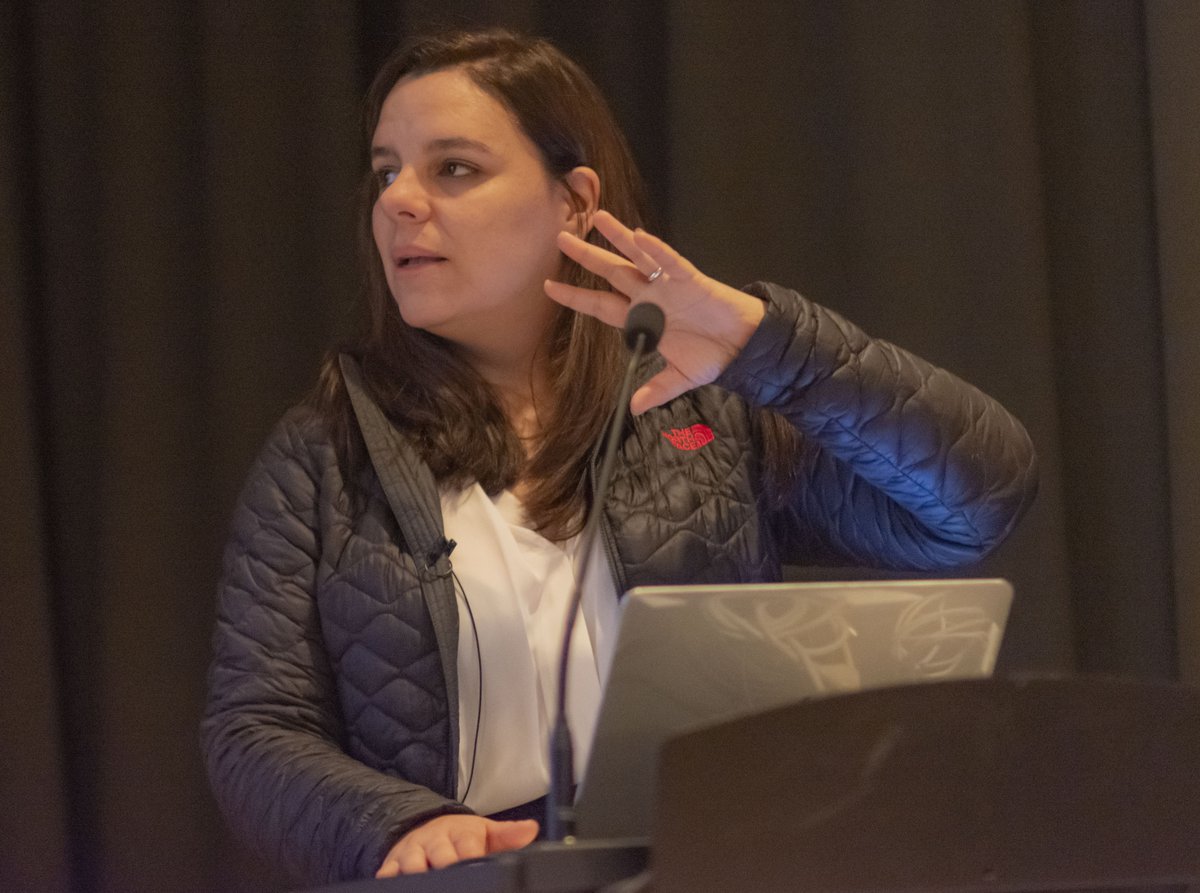A night of vivid, veracious visuals from Venezuela

“I am Tráfico Visual,” said Ileana Ramírez in her talk about her life’s work. Last week Ramírez, a resident of Venezuela and founder of “Tráfico Visual,” visited the Experimental Media and Performing Arts Center at Rensselaer to tell her story. Due to the issues in Venezuela last March, she couldn't travel to America and deliver her talk. However, this talk went on without a hitch.
The event was held in the cozy Studio Beta, where an assortment of refreshments were provided—including cold meats, cheeses, crackers, and salads. There was even wine available for anyone over the age of 21. Only about half a dozen students attended the event, which was unfortunate considering that this was one of the best on-campus events I’ve attended all year.
Ramírez began her talk by explaining a little about the recent history of art in Venezuela. In 2002, the Venezuelan government centralized all its museums, driving many artists and creatives into independent mediums. Tráfico Visual is one of those independent mediums.
The goal of Tráfico Visual is to capture the memories and the feelings of the people in Venezuela in this era. Since 2009, Ramírez has been recording events, conducting interviews, and collaborating with artists in order to put content on her website.
During her talk, we saw dozens of images of brilliant artwork. One piece burned into my mind is one by Marylee Coll called Testigos del desarraigo It’s an image of a room in an abandoned house with thick vegetation creeping in, symbolizing the abandonment of many buildings following the mass emigration of millions of Venezuelans this decade. If you stare at the artwork, you can vaguely see the old furniture—remnants of an old life.
Abandonment was one of the major themes of much of the art. Another weighty image was Escape Room by Pepe Lopez. Lopez’s photograph displayed all his possessions in a garage, except they were all wrapped up in layers of plastic and bubble wrap—ready to be shipped, ready to leave the country. Continuing the theme, Ramírez explained that a modern tradition among Venezuelans is taking photos of their feet while leaving the country. These photos were simple, but heart-rending expressions emanating from people that left their country out of necessity, leaving their homes, lives, and sometimes even their families behind.
The image Ramírez used to begin and end her talk was Torres (Dusk) by Suwon Lee. It’s a simple image—a photo of the capital city at sunset, with the last few streaks of sunlight reflecting off the towering skyscrapers while the street lamps light up the city below. Caracas—Venezuela’s capital—is also its heart, both politically and culturally.
In the final few minutes of her talk, Ramírez played one of her videos. It consisted of slices of various radio recordings overlayed with images of abandoned buildings, derelict billboards, and deserted highways in Venezuela. The radio slices played one after another, transitioning using static, and, combined with the poignant visuals, immersed the audience into a phantasmagorical reality of what Venezuela once was—a Venezuela that is now consigned to the annals of history.
Following her talk, the latter half of the program included Ramírez sitting down right in front of the small audience and sharing personal stories of her life—including what she majored in during college, and how she became Tráfico Visual. The night ended with a group photo of all the audience members, the EMPAC staff, including the director Johannes Goebel, and Ramírez. It was a memory, now immortalized in zeroes and ones.
As I left the quiet, dark, empty atrium of EMPAC, I began thinking about life, politics, and memories. I thought about how life was different in Venezuela, and how Ramírez’s life was very different from my own. And finally, I thought about the many ways this period in Venezuela’s history will be looked back upon. Hopefully, thanks to Tráfico Visual and all the other independent media organizations, history will be remembered correctly. Needless to say, I won’t be forgetting that night anytime soon.

 Opinion
Opinion